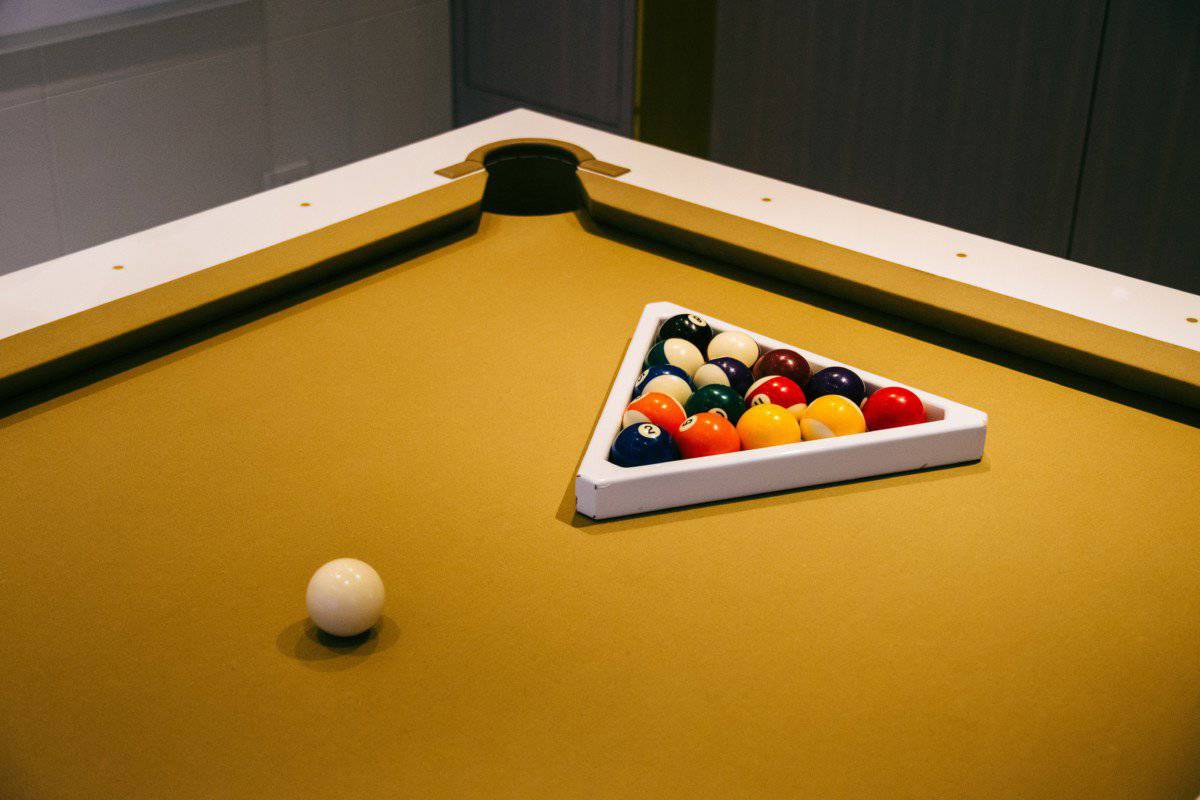The game of pool or billiards is one of the most popular on the planet! While it’s played as a hobby and by professionals around the world, many people still don’t know how old the game is or where it comes from. So let’s learn everything there is to know about the history of pool and billiards!
Billiards, or pool as many people know it, originated in the 1300s in France as a game similar to croquet outside on the grass. However, it was moved inside onto tables in the mid-1400s. The game was originally played only by the nobility, with wooden tables, ivory balls, and maces to shove the balls into the holes.
In this article, we are going to dive into the history of pool and billiards to find out how the game was originally played and how it has evolved over the past 700 years! So keep reading if you want to be an expert on the origins of billiards.
How Old is Billiards?
Before we discuss how old billiards actually is, it’s first important to understand what we mean by billiards.
Many people don’t know that the games of pool and snooker, as well as several others, are all considered billiards as they are played on a billiard table with cues that strike balls into pockets around the sides of the table.
While there is no specific year to note when billiards was invented, from documentation, we know it was being played in the 1300s.
Now, these games of billiards weren’t originally played on a table but outside on the grass! However, by the mid-1400s, we know that the first pool table had been invented, and the game moved inside.
Where Did It Originate?
There are historical references that show billiards games being played around central and northern Europe throughout the 14th and 15th centuries, but where did it actually originate?
Most people believe that billiards originated in France because of the etymology of the word billiards.
In French, the word for ball is “bille,” and the game was called “billiart,” which quite clearly was changed to billiards for English speakers.
However, even if billiards did originate in France, it quickly spread as a favorite game among the nobility and the extremely wealthy throughout all of Europe and Great Britain.
What Was the Original Equipment?
When the game of billiards was first played on a table, the equipment looked a lot different than it does now!
First of all, while most tables are now made of slate, the original pool tables were made of wood. However, by 1835 slate tables were already in circulation as wood warped over time and made shooting the ball smoothly over the surface much more difficult.
As well, when the game was first played, they used maces instead of cues. These maces looked more like handles, and the balls were shoved instead of hit across the table.
Although players quickly realized that maces were hard to use when the ball was situated on the side of the bank, and in the 1600s, cues came into play. Cues got their name from the word queue, meaning tail, as players used to hit the ball with the small tail end of the mace for tricky shots.
Over time, the cues changed, and a leather tip was added to the end to improve shots and allow for spins. As well, players started using chalk on the tips to increase friction and hit the balls with much more precision.
The balls themselves were originally made out of wood. But as the colonization of Africa grew, so did the importation of elephant tusks, and shortly, the balls were made of beautiful ivory.
And this is one of the many reasons why only the wealthy were able to play pool as the balls were so expensive.
However, ivory balls were not practical as they would fade and crack in humid weather. But luckily, Bakelite was invented in 1907, which changed the game forever.
Bakelite balls were easy to produce and durable and made the game much more accessible to the masses.
How Has Billiards Changed?
These days, you can find a billiards table at most rec centers, pubs, pool halls, and even in family homes.
They aren’t cheap, but they are affordable, and alongside reasonably priced balls and cues, almost anyone can enjoy a game of billiards!
Most tables today are made of slate, and cues have become extremely technically efficient. Balls are made from phenolic resin and are extremely strong, durable, and can be produced in mass quantities.
Final Thoughts
Now, as promised, you know everything there is to know about how old pool or billiards is and the origin of the game!
Although the equipment has changed, the game itself has stayed mostly the same.
And even though there are now several variations of billiards, such as American-style pool, English-style pool, snooker, and more, if someone from the 1400s visited our time, they would likely be able to play the game with you!

